Nvidia's RTX 5090 received glowing reviews at launch because of its explosive performance, with many citing its FPS-crunching numbers as what young people would call "fire." Unfortunately, to extract that kind of performance, the card pushes a lot of power through a connector notorious for its tendency to melt. We've just seen the latest case of a 5090 reportedly catching on fire, and it did burn, but this time the situation is a bit different than what you might think.
A Taiwanese Gamer.com.tw forum thread, first spotted by UNIKO’s Hardware, tells us the tale of a Zotac RTX 5090 AMP Extreme that allegedly caught fire mid-game during a Battlefield 6 session. The original poster, york4517, says the machine was a store-bought NZXT prebuilt. While playing Battlefield's open beta, the screen suddenly froze, a flash and burning smell appeared, and that's when the user noticed a flame inside the PC. The fire, coming from the GPU, lasted roughly ten seconds and left the 5090 heavily charred. The motherboard and SSD were also damaged, and even the liquid-cooling tubing smoked black.
a bf6 player forgot to attach the flash hider. the 5090 literally caught fire, the mobo took it badly as well.just kidding,user 紐約客 on forum gamer tw said his 5090 zotac amp extreme caught fire during bf6. the gpu pcb was burnt severely. the user said he did undervolt the… pic.twitter.com/VKQzhc8bYAAugust 11, 2025
The photos attached in the forum post show concentrated scorching around the lower edge of the PCB where the card meets the motherboard. Uniko pins the origin of the fire to the MSVDD rail—the memory-subsystem power line—and suspects a MOSFET short or phase failure in that area likely caused the burn, noting that section had no dedicated cooling. The pattern in the photos suggests a rapid, localized power-delivery failure that arced and burned through traces and nearby components, so the card appears to be a total loss.
The RTX 5090 is no stranger to failures, and this just adds to a long list, including an Asus ROG Astral 5090 with a suspected capacitor or VRM-phase blowout that scarred both card and board while leaving the 12V connector intact, and multiple reports of 16-pin / 12VHPWR connectors melting or showing severe heat damage despite seemingly being properly seated. This time, though, we cannot entirely rule out user error, as the card was confirmed to be undervolted first. But that's nothing extraordinary and certainly doesn't set the stage for the GPU to burn up.

It's no wonder that after such a catastrophic failure, warranty and RMA concerns were front-and-center in the OP’s thread. Since the machine was a prebuilt, york4517 said that the shop is coordinating with the distributor and Zotac’s local agent to inspect the unit, and multiple commenters chimed in with their opinions, worrying whether the shop will replace the whole system, offer a refurbished machine, or push repair fees onto customers. The SSD, which also received damage, is being handled separately.
Moreover, users in the thread also said that the card’s default voltages spike aggressively—reaching up to 1.1V under heavy load and hovering around 1.03V even during light use—pushing the hardware beyond stable limits. Nvidia’s removal of current load balancing circuitry seems to further destabilize power distribution, causing uneven current flow that worsens overheating and could lead to hardware failures.
At the time of the forum post, there was no public statement from Zotac addressing this specific case. The pattern across social media and online forums —VRM/connector damage, connector melting, extreme localized cable and trace temperatures, and catastrophic single-component failures— suggests power delivery is the common failure domain for these high-wattage 5090 examples, but that's something with seemingly no permanent fix.
Follow Tom's Hardware on Google News to get our up-to-date news, analysis, and reviews in your feeds. Make sure to click the Follow button.

 3 months ago
55
3 months ago
55
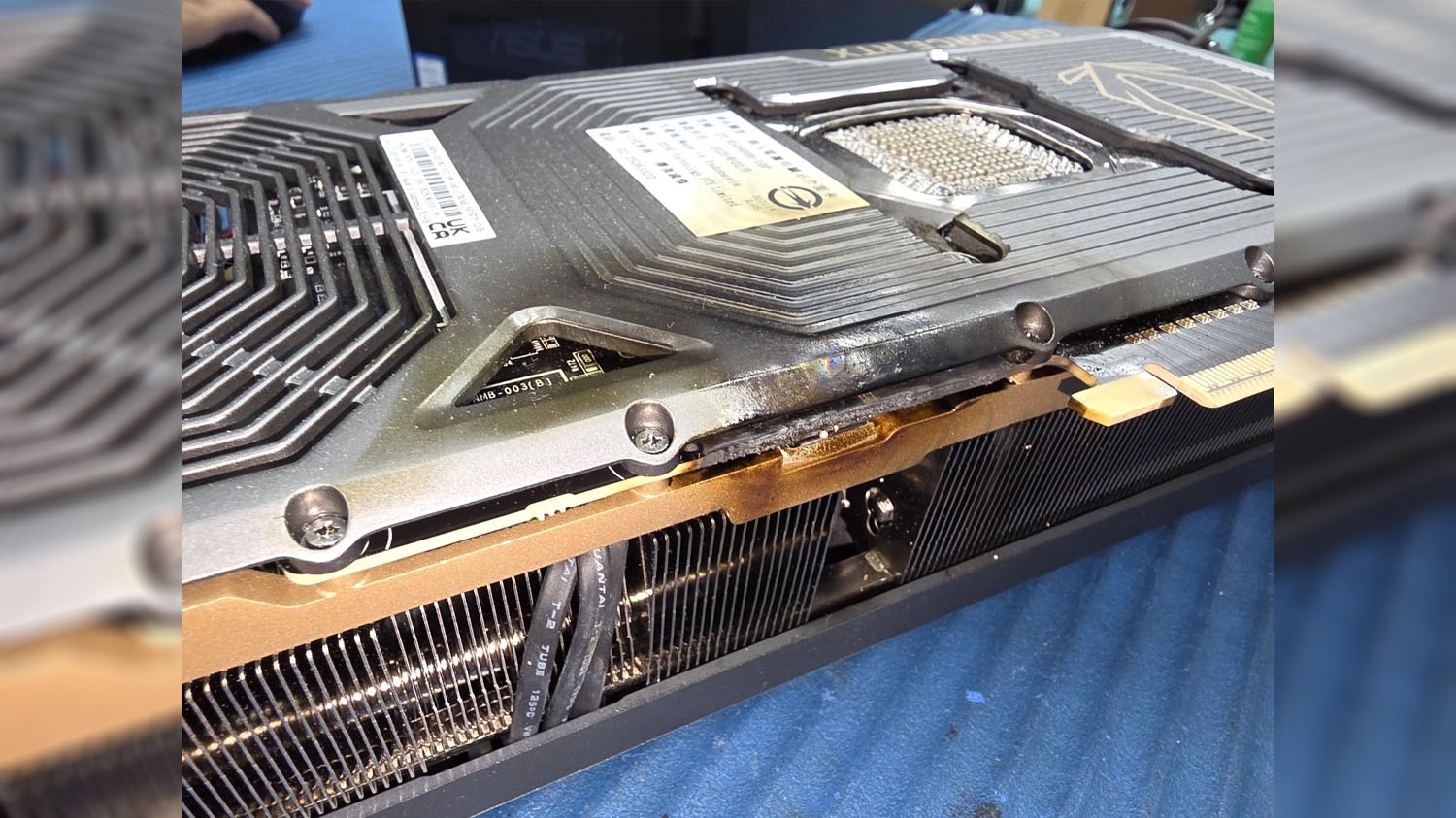
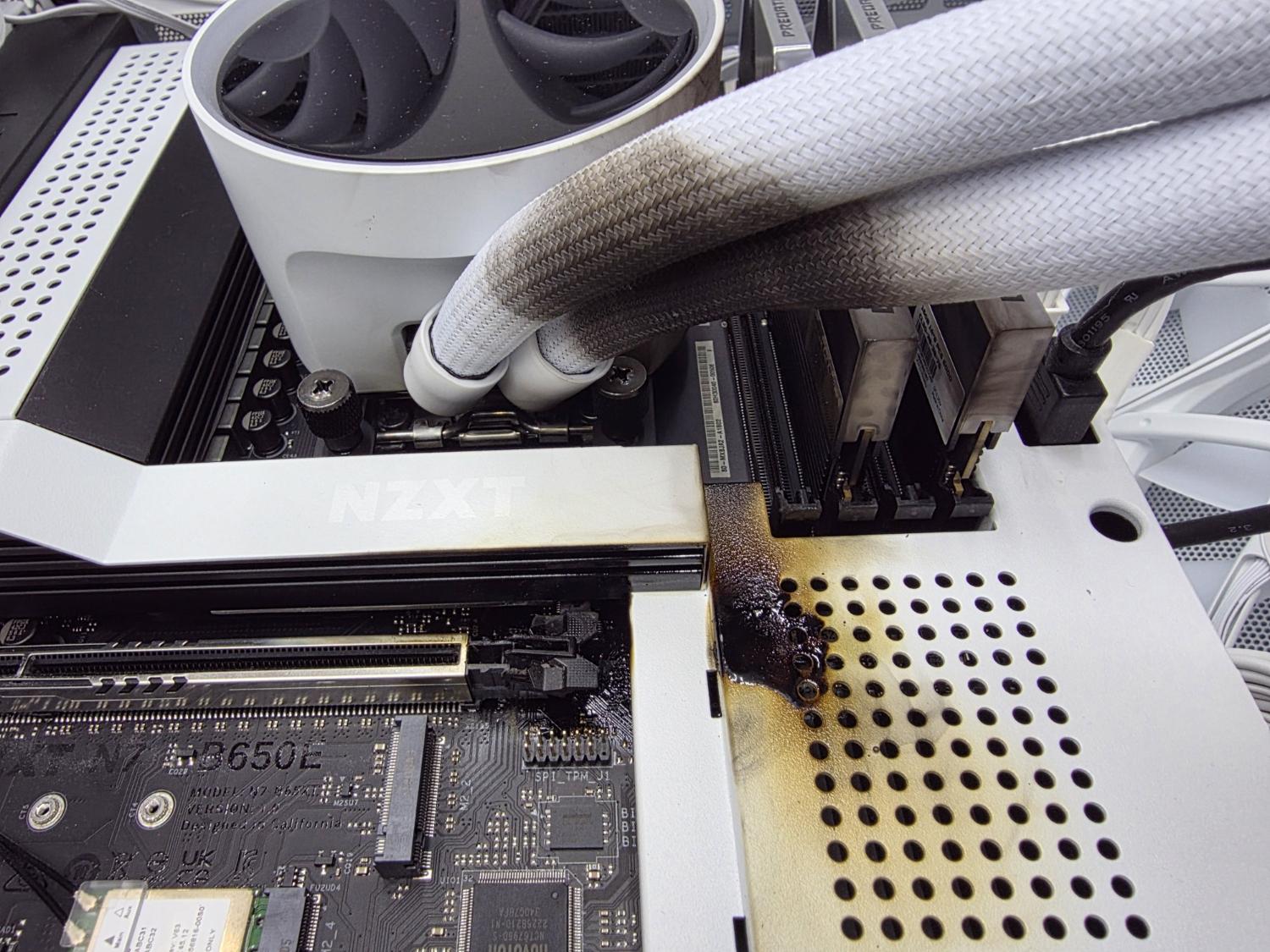
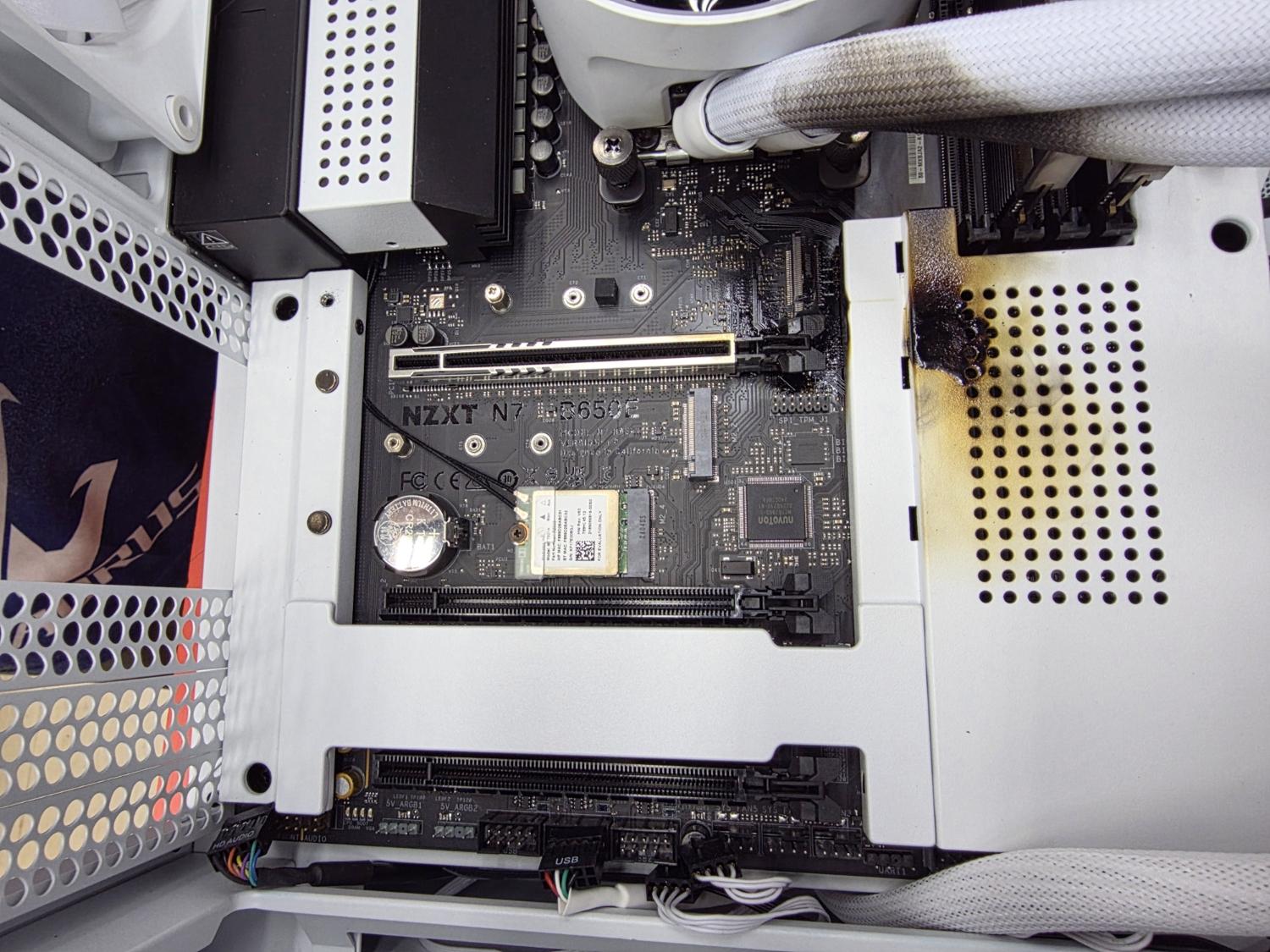
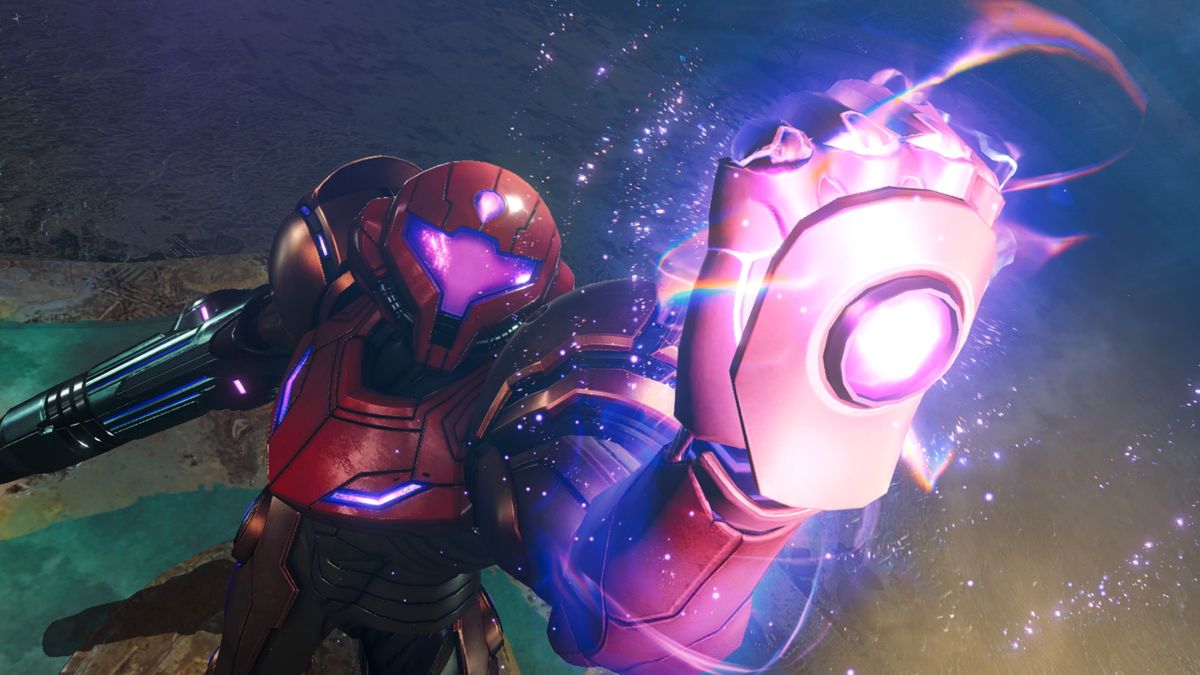

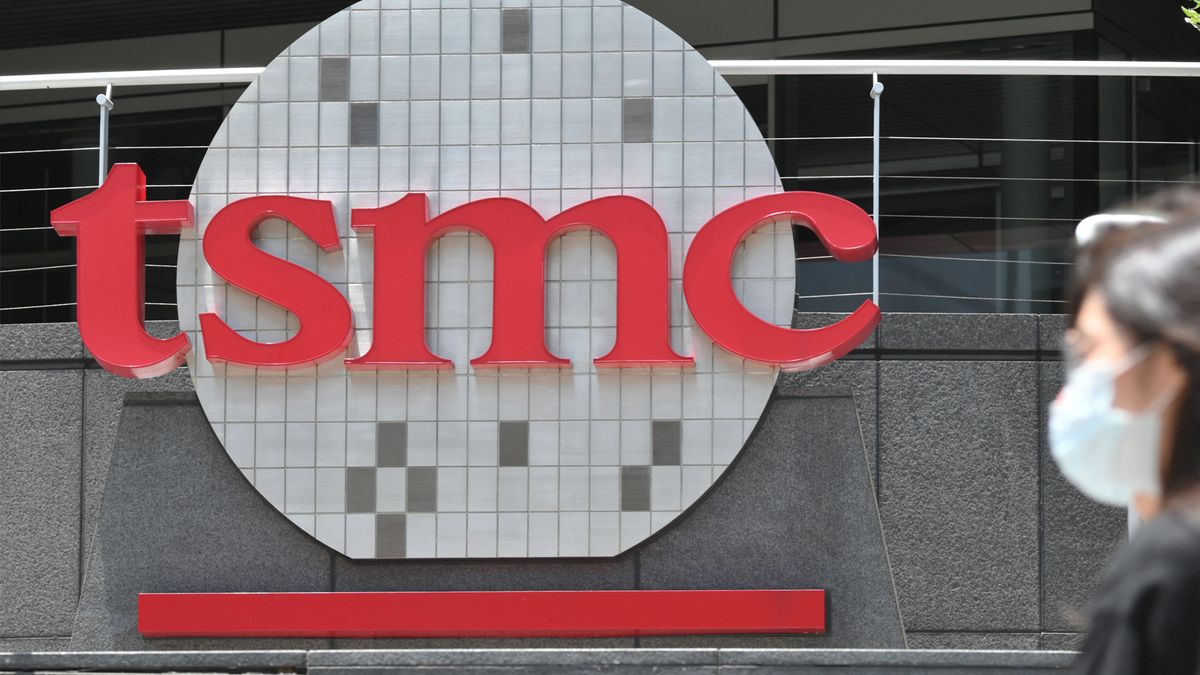


 English (US) ·
English (US) ·